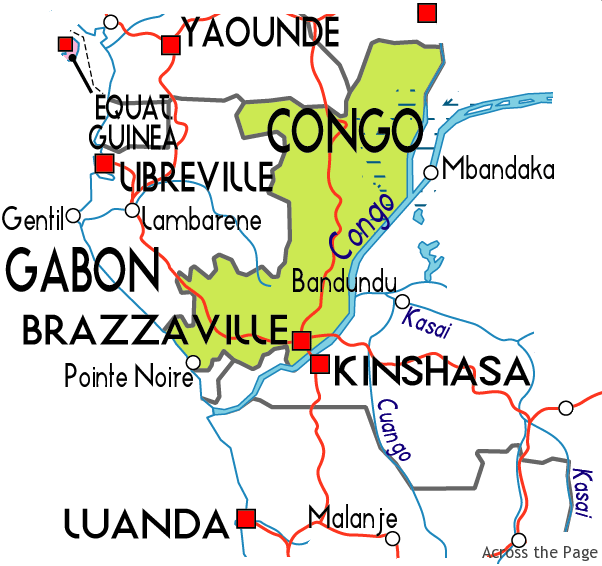The Queen of Air and Darkness — Review
Warning: plot spoilers ahead…
T.H. White’s The Queen of Air and Darkness (1939) is the second of four stories that make up The Once and Future King. Following on the heels of The Sword in the Stone, this book made for a darker and more subdued reading experience. Originally named The Witch in the Wood, it relates the first chapter of Arthur’s kingship, showing the flowering of his character, his leadership in the Battle of Bedegraine, and the fathering of Mordred through his half-sister, Queen Morgause (referred to in the title).
There were a couple of themes that rose to the top as I read. One was Arthur’s philosophy of war, developed under Merlyn’s tutelage. Chivalric values are critiqued and rejected, and this represents Merlyn’s greatest legacy. Innocently, Arthur remarks early on, “I must say it is nice to be a king. It was a splendid battle.” Merlyn disagrees. ”What is all this chivalry anyway?” he asks a few pages later, pointing out that it’s only the serfs who get killed in the service of nobility’s whims. At different points Merlyn expounds on war. “Personal reasons are no excuse for war,” he argues. “Wars are a wickedness, perhaps the greatest wickedness of a wicked species. They are so wicked they should not be allowed. When you can be perfectly certain that the other man started them, then is the time when you might have a sort of duty to stop them.”
Merlyn and Arthur have several interesting discussions on the subject that invited me to look at modern war through their developing lens. Merlyn’s not a pacifist (quite), but his stern reasoning is strong tonic and worthwhile reading. Arthur thinks so too, eventually setting out to “harness Might so that it works for Right.” He conceives a plan to insitute a new order of chivalry, including the concept of the round table, in which knights must vow to use Might only in service of Right. His leadership in the Battle of Bedegraine reflects this new philosophy.
The secondary theme, which I found harder to stomach, was the cruelty of Queen Morgause, wife to Lot of Orkney who opposes Arthur’s kingship in the battle, and her four sons in Lothian. We meet her four pages in, where she boils a cat alive. She’s beautiful, dabbles in witchcraft as a hobby, and is incapable of showing love for (or even casual interest in) her children. They’re perfect monsters, patterning their allegiances after their mother’s without question, and inflicting pain for amusement. The only remorse they show anywhere in the novel comes after their most ambitious feat, hunting a unicorn for their mother, which leaves her completely indifferent.
On the whole, though it’s as full of medieval lore, hilarity, wisdom, and depth as The Sword in the Stone, I didn’t enjoy it nearly as much. Maybe it’s supposed to be that way, laying as it does the groundwork for Arthur’s tragedy. The next story is The Ill-Made Knight, which will unfold the story of Lancelot (a small boy in this story) and Guinever, followed by A Candle in the Wind. Despite how unpleasant humanity looks under the unsparing light of a master storyteller, I’m hooked, and have to keep reading – whatever twists and turns White has in store.


